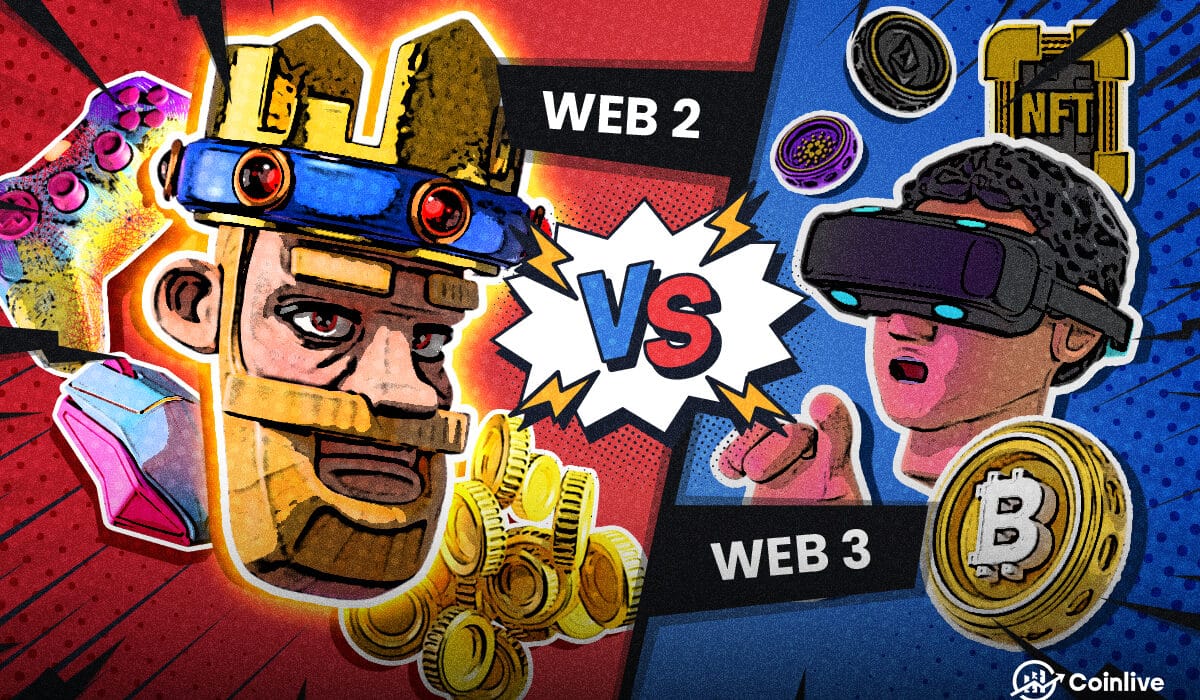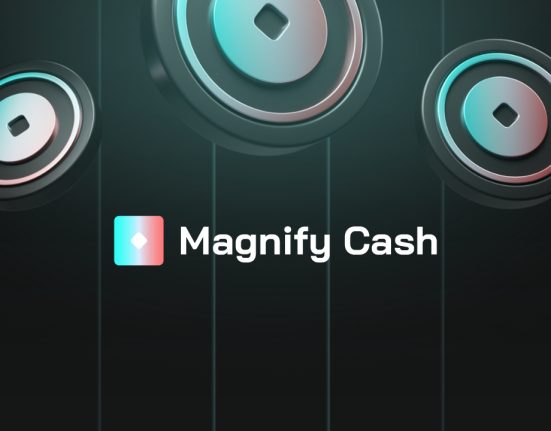What games do you think of when someone mentions that they are a gamer? For some, multiplayer online battle arena games like League of Legends, or Defence of the Ancients might come to mind. Still others might talk about shooter games like Call of Duty or Overwatch. There are also plenty of other games like Civilisation or Minecraft, which let players start with nothing and build grand structures or empires.
Many of these games have something in common- staying power. They have devoted communities that continue to play them long after they have been released. Even older games that were designed for the very first computers, like Dwarf Fortress, have their own community that keeps the game alive.
But these are games that belong in the Web2 space- they don’t run on blockchain technology, and more often than not, rely on centralised servers of data to keep the game running.
Yet the Web3 space itself is home to its own games- the most prominent of which is probably Axie Infinity.
But ask any gaming fanatic, and you’d be hard pressed to find someone not in the crypto space who can name another Web3 game.
But why?
The advantage of blockchain technology is evident- in the Web2 world, players do not really have control over their characters and accounts. If developers like Blizzard decide to shut down servers of a popular game, like overwatch for example, there is little that players can really do about the decision, short of protesting and praying that the company changes its mind.
Web3 games, on the other hand, mean that players can really own their accounts, and the assets within these accounts. Tokens minted, earned, and spent in the Web3 ecosystem are not tied to a centralised location, but instead to wallets.
If blockchain games offer so much more to players, why are they not receiving mainstream attention, and instead only see niche interest?
The false promise of turning your hobby into your job
When games like Axie Infinity started, the slogan at the time was ‘play-to-earn’. Companies like Sky Mavis promised a world where players could earn a living by playing these games. Players would be able to earn tokens and mint NFTs in game, then sell these NFTs for a profit. The more you played, the more you earned.
And for a while, this worked.
As more players signed up and started playing, the price of Axie Infinity’s SLP tokens climbed in value. It was worth 1 cent in August 2020. In May 2021, the token price had climbed to 36 cents.
But, this price would not stand the test of time. By the end of 2021, SLP tokens were back down to around 3 cents, and today, they are worth around half a cent.
Why was there such a short spike? Because these games are not sustainable. Even among Web2 companies, games have a notoriously short lifespan. Even popular games cannot last forever.
Games like League of Legends are able to keep players interested because the game itself keeps changing with updates and new content.
But when was the last time you heard about Axie Infinity getting a content update?
Indeed, if we look at the number of active players that Axie Infinity had, the bump correlates with the time that SLP spent in the green.
This is to be expected- as more players join, they buy SLP in order to start playing- buying their first Axies, battling, breeding, and more.
But as these activities become tiresome, players start to lose interest, and may decide to cash out while the market is good. They then sell their SLP and Axies, and take whatever profit they can.
But as more and more players left, more and more SLP was sold, and the price started to fall.
Those who still existed in the ecosystem found that they were now left with substantially less valuable tokens, and there is no indication that token prices will rise again soon.
Farming the game for profit, and earning a living, therefore, has turned out to be an empty promise.
Who do Web3 games cater to?
So if player churn is a problem, we should take a look at who Web3 games appeal to.
Of course, gamers are a diverse group. Not everyone plays games for the same reason.
In fact, a 1996 researcher Richard Bartle interviewed different players to see why they enjoyed playing games. The result of his research was this graph.
Achievers, for example, prefer to act unilaterally on the world- they play to get further and further into the game, and enjoy showing off their achievements. Completing games, and achieving all there is to achieve in a game appeals to such players.
Explorers prefer to interact with the world, and will often try to find unique combinations or easter eggs that are hidden in the world. But, they often get bored once they finish exploring the world, and are often the first group to tire of the game once they feel it becomes a chore to play.
Socialisers love interacting with other players- be it forming guilds, or simply talking to people. These players are in it to meet new friends, and expand their social circle. Functions that allow socialisers to do so are able to keep more socialisers in the game.
And finally, there are the killers, who play simply to assert dominance. These players simply want to beat other players in games, or to cause misery to other players. Allowing killers to target weaker players, or to generally cause grief for other players, will draw killers into the game.
So which group do Web3 games appeal to?
Achievers are put off by the standard play-to-earn model because there really is no endpoint in the game. There is no finishing a game like Axie Infinity until you cash out, and while leaderboards may exist, there really isn’t a tangible benefit to being at the top.
Explorers may join Web3 games because they are new- but novelty can wear off easily. And for a group of players as easily bored as explorers, a lack of new content or even initial content means that they don’t stick around for long.
Socialisers might also be drawn to the game when it becomes popular, as a way to meet new people or to hang out with friends. But when the popularity of the game decreases, the effect goes in reverse. With less and less people to talk to, socialisers will find themselves being driven towards other games to satisfy their desire to talk to people. Not to mention that forums exist outside of the games to talk about the game without really playing it.
Killers, however, may find themselves engaged in the game in order to assert dominance- collecting rare NFTs and being able to corner the market on good Axies, or being able to beat others in matches would appeal to them, and Web3 games like Axie infinity at least offer some of this.
But only having killers in a gaming ecosystem is a recipe for disaster. As the game becomes more and more vicious and unforgiving due to strong killers emerging and making the experience frustrating for others, new players are put off from joining, and the playerbase stops growing. And older players who are no longer able to keep up may also leave as the game becomes more and more toxic.
In designing a game, Web3 game developers have forgotten about fun
Clearly, Web3 games are not designed with traditional gamers in mind- and this forms the core of the problem.
Many Web3 games lack core elements that make them fun, and are designed to keep players playing solely to earn the rewards.
But the irony is that these games have also fail to deliver on this front for many players.
Web2 games, on the other hand, have not. Collectible card games have been around for decades, and even online, rare cosmetic items like skins are being traded on platforms like Steam.
But these earnings should be secondary concerns, rather than front-and-centre features of games.
At the end of the day, gamers pick up games because they are fun, rather than because they provide them with a source of income. After all, we call things we do for fun ‘hobbies’ and things we do for money ‘work’.
While it may be desirable to combine them, Web3 game designers should remain cognisant of their objectives as well. At the core of it, they have to ask themselves- “what am I building- a game, or a job?” And if they are building a job, perhaps they should stop expecting players to remain engaged for long periods of time.
But, if instead, they concentrate on building games that are fun, gamers who are used to Web2 games will see a good reason to migrate to these games, and after this critical mass of players has been reached, then routes for monetisation can be better implemented.
At this point, Web3 games still have a long way to go- the technology has plenty to offer to gamers in terms of really owning their accounts and the items within their accounts.
But before we get there, Web3 games must first prove themselves better than Web2 games. And in the category of fun, they are sorely lacking at the moment.














